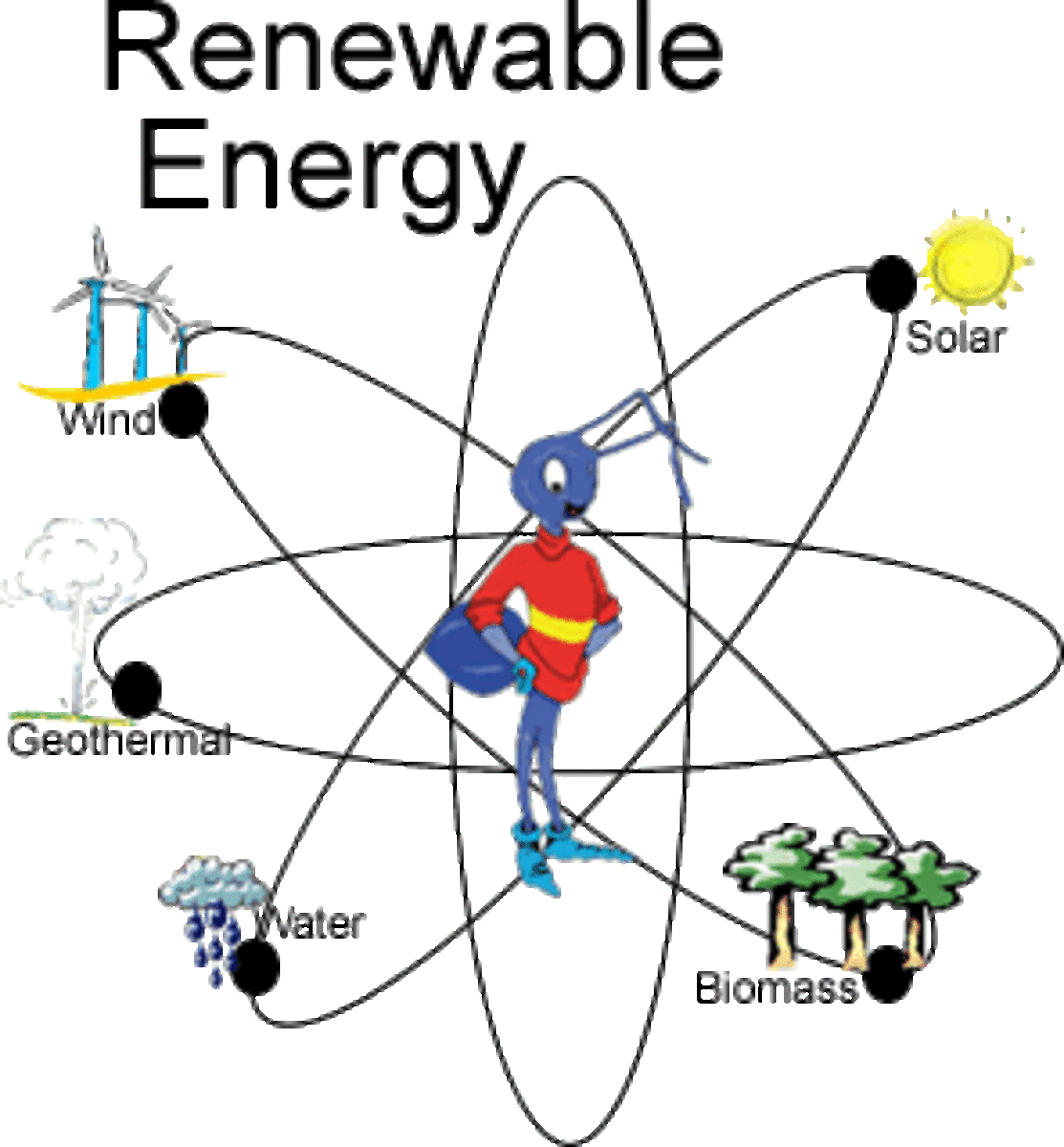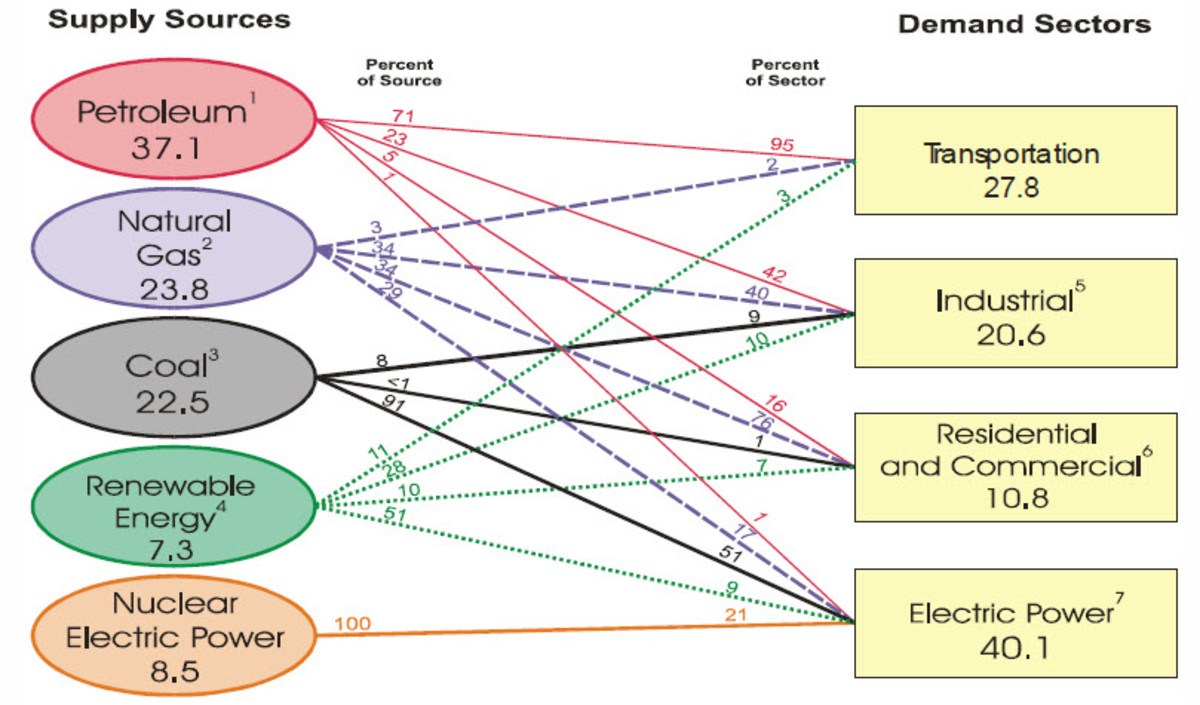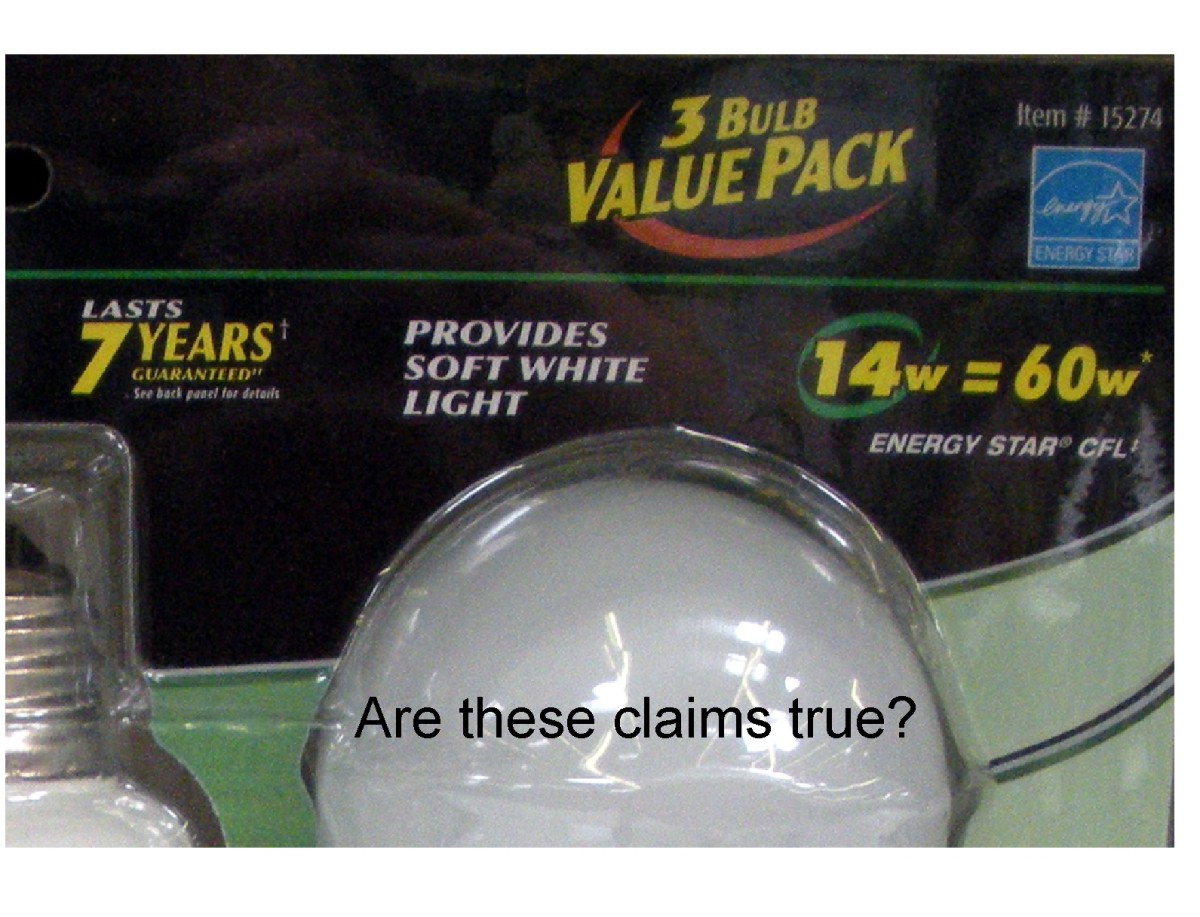Is it Really Possible to Save Energy by Converting to Solar or Wind
Alternative energy sources often confuse people, but that's about to end, today, in this article. Just think about where the energy you use comes from. Do you pay an electric company for your home's electricity? If the answer to this question is yes, then chances are very high that the source of this power is from the burning of fossil fuels. Humanity has been burning fossil fuels for over a hundred years for a very good reason. It is relatively cheap and easily extracted and processed. But surely it would seem there must be some other more suitable alternative.
Why Search for an Alternative
When thinking about the alternative energy situation, a common question often arises. If fossil fuels are perfectly suited for powering the world, why are so many people pursuing alternative sources? Fortunately, this is not a complicated question, it's simple in fact, but there are hundreds of simple reasons.
For one, self reliance is an issue for some, and the technology required to extract and chemically refine crude oil into a precise mixture of liquid hydrocarbons (gasoline) is beyond the average do-it-yourselfer. If a war occurs or the market shifts, oil prices can rise, and everyone that naively was supported by the oil industry will suffer. A guy with a hundred solar panels in his backyard and an electric car, could care less for the most part.
There will be critics at this point who mention that not only does oil provide energy but it also provides support to a vast assortment of products, anything from perfumes to plastics and that for this reason, even the solar panel guy can't be truly independent. Well, he could, simply by not using this products, but that's unrealistic. Let's take plastic for instance. Plastics are generally a carbon based polymer that actually has nothing to do with oil, but in the process of refining oils and heating them and passing them through catalysts, crude oil is ultimately converted into literally hundreds of thousands of different chemicals. It is then very cost effective to simply extract these otherwise mostly unused chemicals by fractional distillation and use them in the synthesis of plastics. But the point is that these chemicals can also be made by alternative routes. Theoretically, using nothing but the air we breathe, water, and sunlight, it is possible to synthesize polyethylene plastic. If you're a chemist reading and shaking your head, keep in mind that I didn't imply that such an endeavor would be cost effective or efficient in any way. A large number of other chemicals are also necessary to increase the reaction rates (catalysts) and simplify the number of pathway steps. Using only air and water for example, would first require synthesis of peroxides, which would require separating oxygen from the air, converting it to ozone with an electric arc, bubbling it through water, and then even still, only a very small amount of hydrogen peroxide would be produced. The H2O2 (hydrogen peroxide) would then have to be distilled itself, and the small amount that resulted would produce a smaller amount still of the benzoyl peroxide required, just a small precursor in the polymerization reaction of polyethylene. But... if the energy's there, it CAN be done.
Just where does the energy in the crude oil (fossil fuel) come from? Well, it's called fossil fuel for a reason, it is an ancient byproduct of previously alive, but now degenerated, organic matter. This mostly comes from deceased microorganisms which make up the majority of the biosphere, but plants and animals (including the dinosaurs) also have contributed. Over time, the organic matter is compressed and heated by tectonic action within the earth and the carbohydrates, proteins, and fats, of the lifeforms, are converted into the molecularly far simpler, hydrocarbons. The problem with burning fossil fuels, is in the geologically large amount of time needed for them to naturally form. It doesn't really matter that the burning of these fuels are pumping CO2 in the atmosphere (did I just say that!? =)). In the big picture, the carbon dioxide emitted by the burning fossil fuels is just returning to where it came from. As a tree grows, it uses carbon dioxide and water, along with the power of the sunlight to build that majority of it's mass and grow into a tall tree. This is the basics of photosynthesis. The tree's weight does not come from the ground! Anyway, when this tree dies, and gets buried, and eventually is converted into oil, it's nothing more than a highly transformed version of the air, water, and sunlight that was originally absorbed by a living plant.
The problem is that only a tiny fraction of organic matter ever makes it's way into fossil fuels. By far, most life forms, die and degrade on the surface of the planet, immediately releasing their CO2 back to the atmosphere. Due to the low probability of life converting to oil, oil on Earth is rare, and humanity is actually able to use it at a far faster rate than it accumulated. Within a hundred years for sure, there will hardly be any of it left. That alone, is a non-tree-hugging reason why oil must be replaced with more advanced technologies.
Saving Money Instead of Wasting Money
Fossil fuels are used as nearly the cheapest source of energy on the planet. Solar panels, on the other hand, are very expensive, and wind power, while cheaper than solar power, is still far too expensive to allow an easy transfer from a limited resource (oil) to a virtually unlimited resource (the sun... yes wind comes from the heating of the sun).
If one can afford the initial investment to buy the solar panels, charge controllers, and pay for the installation, then over time, the system (if designed correctly) will in fact eventually pay for itself. Then, after this, will continue to provide energy for several decades possibly doubling or tripling (or more) your investment. Wind power, requires more maintenance than solar, possibly only from the fact that moving parts are involved, but the technology is much more readily available, and as a result, much cheaper than photovoltaics. If you want to make your own solar cell, you'll need a semiconductor factory... if you want to make your own wind turbine, you can do it in your garage. I recently made my own wind turbine, for less than $50 dollars. It doesn't make much power (only 100 watts), but proved the point. If your skilled with machining, and construction, and know a bit about electronics, you can realistically make a wind turbine large enough to power your entire house, and then some, and never rely on the power company again, for about $1000 to $2000 dollars. But keep in mind, you'll be building most of everything to save that kind of money, but it's possible! Just wind your own stators on your generator, build your own tower, build the blades, put it together, wire together a switching mode high efficiency buck converting power supply, wire that into some batteries, wire it to your AC lines through an inverter (also high efficiency), and presto! You will be independent, forever, from the power company. As easy as it seems (it really isn't that hard), you would think more people would be doing this. But they're not!
Human Logic
The matter is that all energy savings strategies will cause some sort of a financial set back. Even in the best case of $1000 dollars, and about 50 hours of labor, that I could come up with, still registers as too difficult for the majority of the population. Just like the Geiko commercial, a 15 minute call could save you 15% or more on car insurance. Most people will not try it. My electric bill in the summer time is over $300.00 / month. If a $1000.00 wind mill could offset that (or completely eliminate that bill) I'd basically break even in only 3 months, and then, for the rest of my life, continue to turn a profit, forever! Maybe I'd then even build some for the neighbors and be there electric provider. I'd charge less than the electric company they currently use, but still be making a killing compared to my investment.
You need skill in a lot of different fields, to build a wind mill from scratch. You could save even more money if you knew how to melt copper out of rocks and make your own wire for the coils in the generator. And if you knew how to make neodymium magnets, instead of using Chinese imports, which are costly (there also known as rare earth magnets after all). Even if you don't possess total skill to build from absolute nothingness, build for yourself what you can, and the buy the rest. Complete systems, for most people willing to do some research, are only going to set you back between one and ten thousand dollars.








